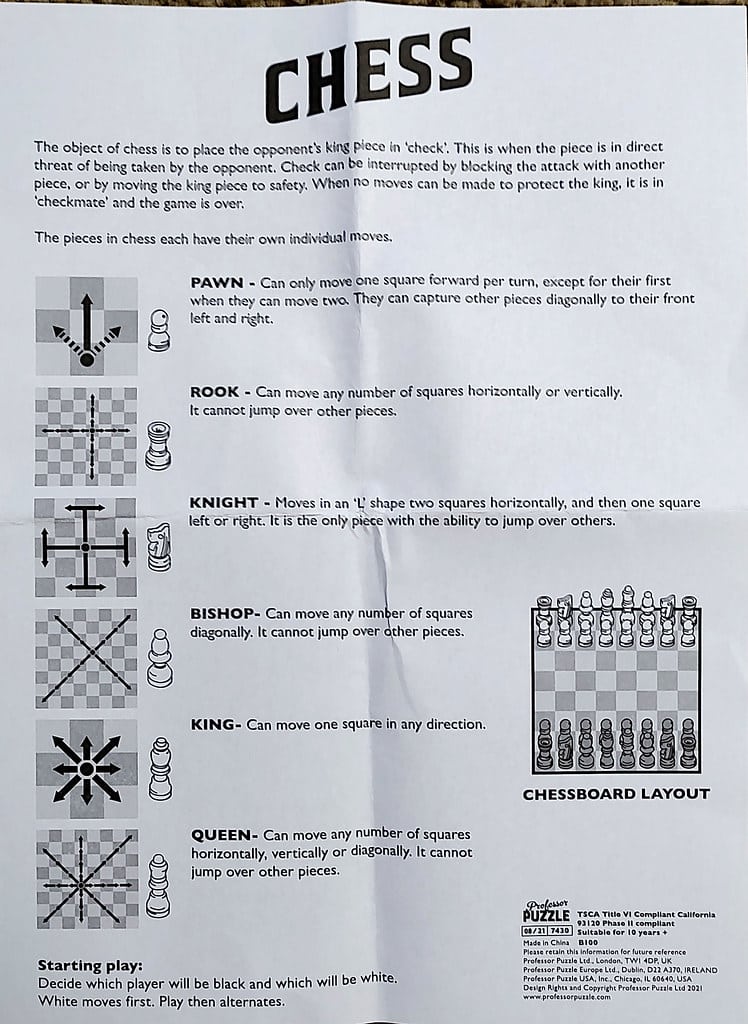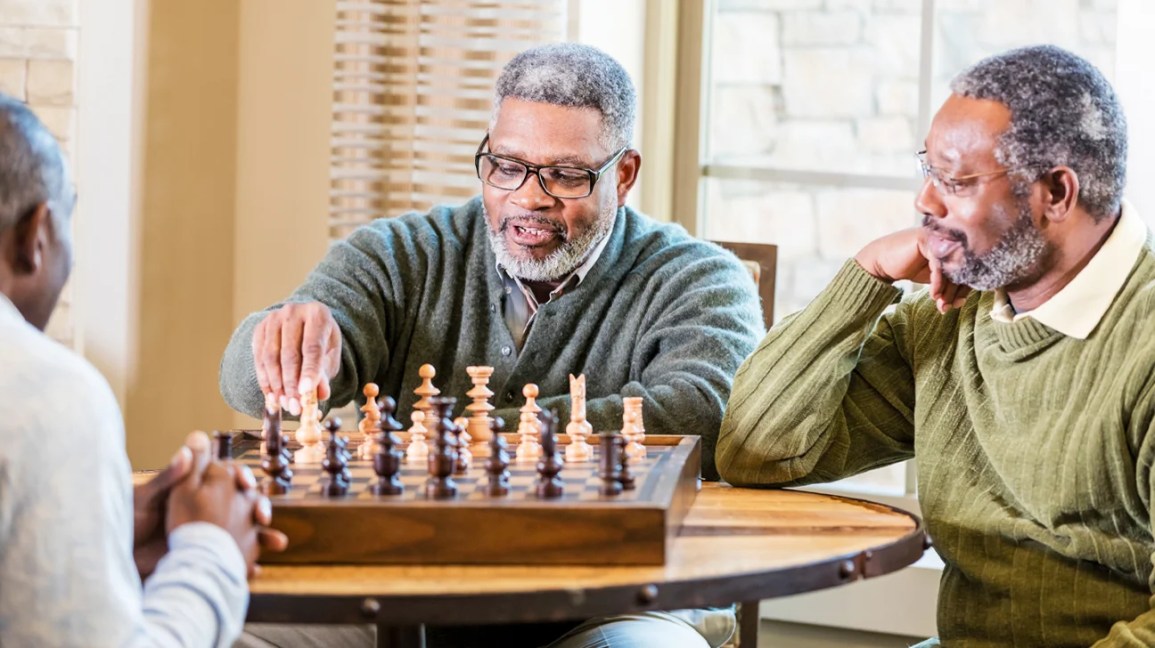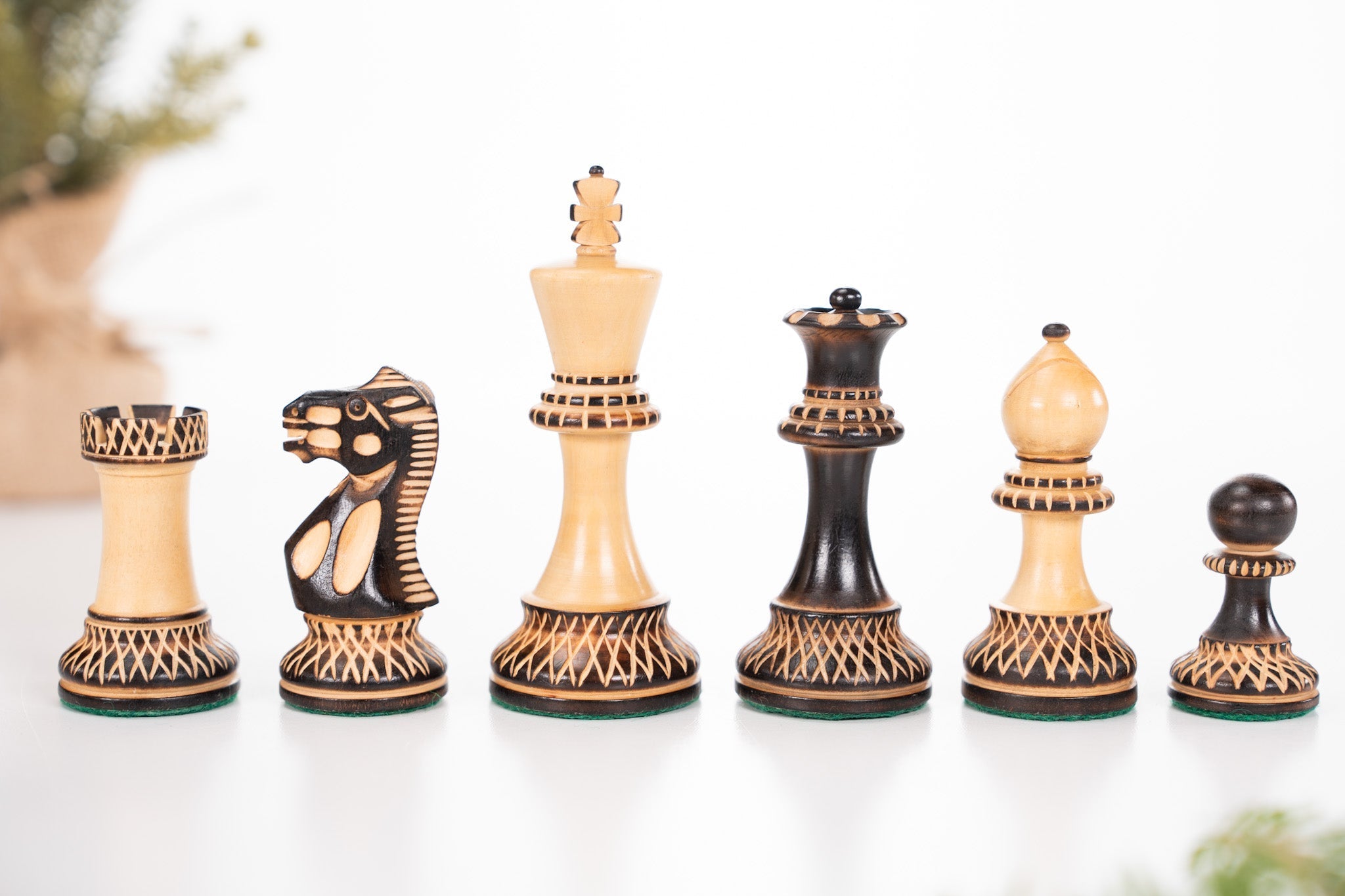Chess is a game of strategy and skill. It has many rules that govern play.
These rules ensure fair play and structure. They create a balanced environment for all players. Chess rules are essential for understanding the game. They cover everything from how pieces move to how the game ends. Knowing these rules helps players make better decisions.
It can also improve their overall strategy. Whether you’re a beginner or experienced, understanding the rules is crucial. This knowledge can make your games more enjoyable and competitive. Let’s dive into the basic rules of chess. This will give you a solid foundation to build upon. So, how many rules are there in chess? Read on to find out!
Introduction To Chess Rules
Chess is a game that fascinates millions around the world. Understanding the rules of chess is key to enjoying and mastering this timeless game. These rules guide every move and strategy, creating a fair and challenging experience for all players.
Brief History Of Chess
Chess has a rich history that spans over a thousand years. It originated in India during the 6th century. Known as Chaturanga, it spread to Persia and then to the Islamic world. By the 15th century, chess had reached Europe. The game evolved over time, adopting new rules and strategies.
Chess became a symbol of intellectual prowess and was enjoyed by royalty and commoners alike. Today, it is played and loved by millions globally.
Importance Of Rules
Rules are the foundation of chess. They ensure fair play and structure. Without rules, the game would lose its challenge and appeal. Each piece in chess has specific movements, adding depth and strategy.
Understanding these rules helps players develop their skills and enjoy the game more. The rules also create a universal language, allowing players from different backgrounds to compete and connect.
Knowing the rules is the first step to becoming a proficient player. It opens the door to countless hours of engaging and thought-provoking gameplay.

Credit: www.flickr.com
Basic Chess Rules
Understanding the basic rules of chess is essential for any beginner. These rules help players learn how to set up the board and how each piece moves. By mastering these fundamentals, you can enjoy the game and develop your skills.
Setting Up The Board
Chess is played on an 8×8 board. It alternates in color. Each player starts with 16 pieces. The back row has the major pieces. The front row has the pawns.
Place the rooks in the corners. The knights go next to them. Bishops are placed beside the knights. The queen stands on her color. The king stands next to the queen.
Movement Of Pieces
Each chess piece moves differently. Pawns move forward one square. They capture diagonally. Pawns have a special first move. They can move two squares.
Rooks move in straight lines. Vertically or horizontally. Bishops move diagonally. Knights move in an L-shape. Two squares in one direction. Then one square perpendicular.
The queen moves like both a rook and a bishop. The king moves one square in any direction. Understanding these movements is key to playing chess.
Special Moves
Chess is not just a game of straightforward moves. There are special moves that add depth and strategy. These moves are Castling, En Passant, and Pawn Promotion. Each of these moves has its own unique rules and can significantly impact the game.
Castling
Castling is a special move involving the king and a rook. It is the only move that allows you to move two pieces at once. The king moves two squares towards a rook, and the rook moves to the square next to the king. There are two types of castling:
- Kingside Castling: The king moves from e1 to g1 (for white) or e8 to g8 (for black).
- Queenside Castling: The king moves from e1 to c1 (for white) or e8 to c8 (for black).
For castling to occur, the following conditions must be met:
- Neither the king nor the rook involved has moved before.
- No pieces are between the king and the rook.
- The king is not in check, nor will it pass through or end up in check.
En Passant
En Passant is a special pawn capture move. This move can only occur if a pawn moves two squares forward from its starting position and lands beside an opponent’s pawn. The opponent’s pawn can then capture the first pawn “in passing”. This capture must happen immediately after the two-square move.
Here’s how it works:
- White pawn moves from e2 to e4.
- Black pawn on d4 captures the white pawn by moving to e3.
Pawn Promotion
Pawn Promotion occurs when a pawn reaches the opposite end of the board. Upon reaching the eighth rank, the pawn can be promoted to any other piece, except a king.
Players often choose to promote their pawn to a queen, the most powerful piece. This is known as “queening”. However, a pawn can also be promoted to a knight, bishop, or rook, depending on the player’s strategy.
To summarize, special moves like Castling, En Passant, and Pawn Promotion are essential in chess. They add excitement and strategic depth to the game. Understanding these moves can help you become a better player.

Credit: www.albertochueca.com
Check And Checkmate
In chess, Check and Checkmate are crucial concepts. They determine the game’s direction and outcome. Understanding these rules is essential for every player.
Identifying Check
A Check occurs when a player’s king is under direct threat. The king must move to a safe square, or another piece must block the threat. The attacking piece puts the king in a position where it can be captured on the next move if not protected.
Here are the three main scenarios for identifying a Check:
- The king moves to a safe square.
- A piece blocks the attacking piece’s path.
- A piece captures the attacking piece.
If none of these actions can protect the king, the situation escalates to Checkmate.
Achieving Checkmate
Checkmate is the ultimate goal in chess. It ends the game. It happens when the king is in check and cannot escape. The king has no legal moves to get out of danger.
To achieve Checkmate, follow these steps:
- Place the king in check.
- Ensure the king cannot move to any safe square.
- Verify that no piece can block the threat.
- Confirm that no piece can capture the attacking piece.
Once these conditions are met, you have successfully checkmated your opponent. The game ends immediately.
Draw Conditions
Chess is a game full of strategies and tactics. Sometimes, games don’t end in a win or loss. Instead, they end in a draw. Understanding draw conditions can help you navigate the game better. Let’s explore some common draw conditions in chess.
Stalemate
A stalemate occurs when a player has no legal moves. Their king is not in check. This situation results in a draw. It often happens in endgames. Players should be careful to avoid it if they seek a win.
Threefold Repetition
Threefold repetition happens when the same position repeats three times. This can occur over several moves. It does not need to be consecutive. Either player can claim a draw when this happens. The repetitions must have the same player to move and the same set of possible moves.
Fifty-move Rule
The fifty-move rule states that a draw can be claimed after 50 moves. This applies if no pawn has moved and no capture has been made. The rule prevents endless games. It ensures fair play and timely conclusions.
Chess Etiquette
Chess Etiquette is as important as knowing the rules of the game. It ensures respect and fairness between players. Whether you are a beginner or a seasoned player, following proper etiquette can make your chess experience enjoyable. Let’s explore some key points under chess etiquette.
Touch-move Rule
The Touch-Move Rule is a fundamental part of chess etiquette. If you touch a piece, you must move it. This rule prevents players from adjusting pieces during the game. It ensures that each move is deliberate and strategic.
Here are the basics:
- If you touch a piece, you must move it.
- If you touch an opponent’s piece, you must capture it if possible.
- Say “adjust” before adjusting any piece on the board.
Following this rule shows respect for your opponent and maintains the integrity of the game.
Proper Conduct
Proper conduct is crucial in any competitive environment. In chess, it means behaving with respect and courtesy. Here are a few guidelines to follow:
| Do | Don’t |
|---|---|
| Be polite to your opponent. | Distract your opponent. |
| Keep the game area clean. | Make unnecessary noise. |
| Shake hands before and after the game. | Criticize your opponent’s moves. |
These simple actions create a positive and respectful atmosphere.
Advanced Strategies
Advanced strategies in chess require a deep understanding of the game’s rules. These strategies help players make better decisions and outsmart their opponents. Mastering these techniques can improve your gameplay significantly.
Opening Principles
In the opening, control the center of the board. Move your pawns to open lines for your pieces. Develop your knights and bishops early. These pieces are strong and versatile. Avoid moving the same piece multiple times in the opening. This wastes valuable moves. Castle early to protect your king. This also connects your rooks, making them more powerful.
Middle Game Tactics
In the middle game, focus on tactics. Look for opportunities to pin, fork, and skewer your opponent’s pieces. A pin traps a piece, making it unable to move. A fork attacks two pieces at once. A skewer forces a valuable piece to move, revealing a weaker one. Always look for combinations that can change the game. Maintain a solid pawn structure to support your pieces.
Endgame Techniques
In the endgame, piece activity is crucial. Use your king as an active piece. It can support pawns and attack enemy pieces. Promote your pawns to stronger pieces. This can turn the tide of the game. Understand basic checkmating patterns. This helps in finishing the game efficiently. Always aim for a position where your pieces are coordinated and effective.
Credit: www.chesshouse.com
Chess Variants
Chess is a classic game with a rich history. It has many rules and strategies. But did you know there are different versions of chess? These versions, called chess variants, offer new challenges. They make the game exciting and unpredictable.
Blitz And Bullet Chess
Blitz and Bullet Chess are fast-paced versions of chess. Players have limited time to make their moves. Blitz games usually last 3 to 5 minutes per player. Bullet games are even faster, with only 1 to 2 minutes per player. The quick thinking and speed make these variants thrilling. They test your ability to think under pressure.
Fischer Random
Fischer Random, also known as Chess960, changes the starting position of pieces. The back row pieces are shuffled randomly. This variant reduces the importance of memorized openings. It focuses on creativity and strategic thinking. Every game feels fresh and new. Even experienced players find it challenging.
Bughouse Chess
Bughouse Chess is played with four players in teams of two. Each team has two boards. When a player captures a piece, they give it to their teammate. The teammate can place this piece on their board. Communication and teamwork are key in Bughouse Chess. This variant adds a social element to the game. It’s fast, fun, and chaotic.
Learning Resources
Chess has basic rules that include how each piece moves, castling, check, checkmate, and stalemates. Learning these core rules helps players understand and enjoy the game.
Learning chess can be an exciting journey. There are many resources to help you understand the rules and improve your game. From books to online platforms, various tools can guide you. Let’s explore some of these learning resources.Books And Tutorials
Books are a great way to learn chess. They offer detailed explanations and examples. Many books start with basic rules and go to advanced strategies. Some popular titles include “Chess for Beginners” and “Winning Chess Tactics.” Tutorials are another helpful resource. They often break down complex rules into simple steps. This makes learning easier and more engaging.Online Platforms
Online platforms offer interactive ways to learn chess. Websites like Chess.com and Lichess.org provide lessons and puzzles. These platforms allow you to play against others or the computer. They also track your progress and suggest areas for improvement. Many platforms have free and paid options, so you can choose what fits your needs.Chess Clubs
Joining a chess club can be very beneficial. Clubs offer a community of people who share your interest. You can learn from more experienced players and participate in tournaments. Many clubs meet regularly, providing a consistent learning schedule. This can help you practice regularly and improve your skills.Conclusion
Chess rules shape the game we love. Knowing them enhances your play. Practice helps in mastering these rules. It’s important for both beginners and pros. Stay curious and keep learning. Chess is a journey, not a destination. Enjoy each move and challenge.
Understanding rules leads to better strategies. So, dive deep and play often. Your skills will grow with time. Happy playing!







